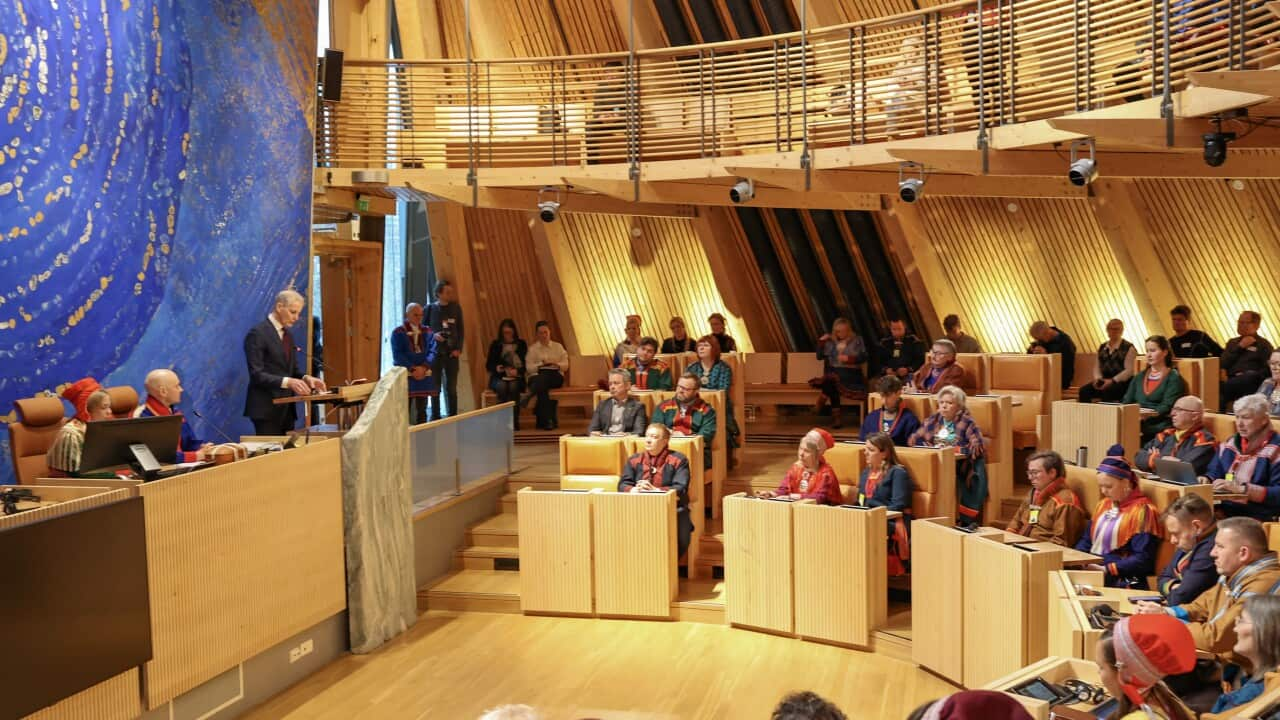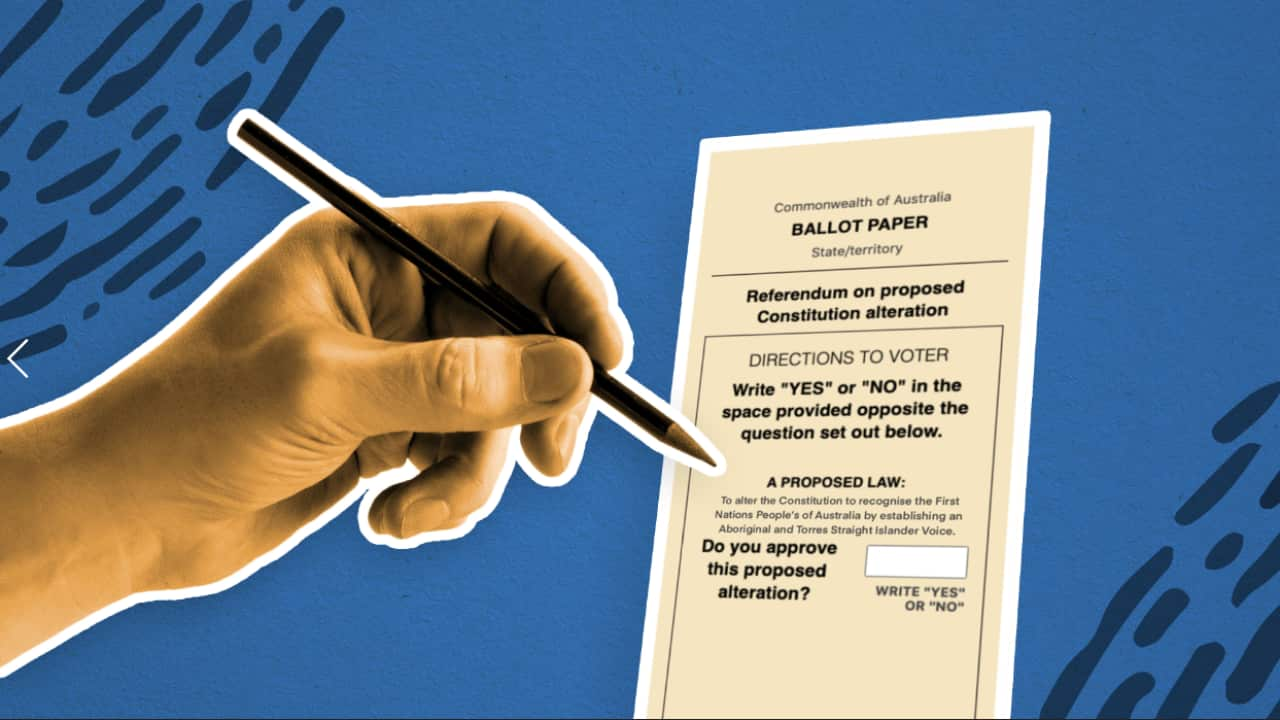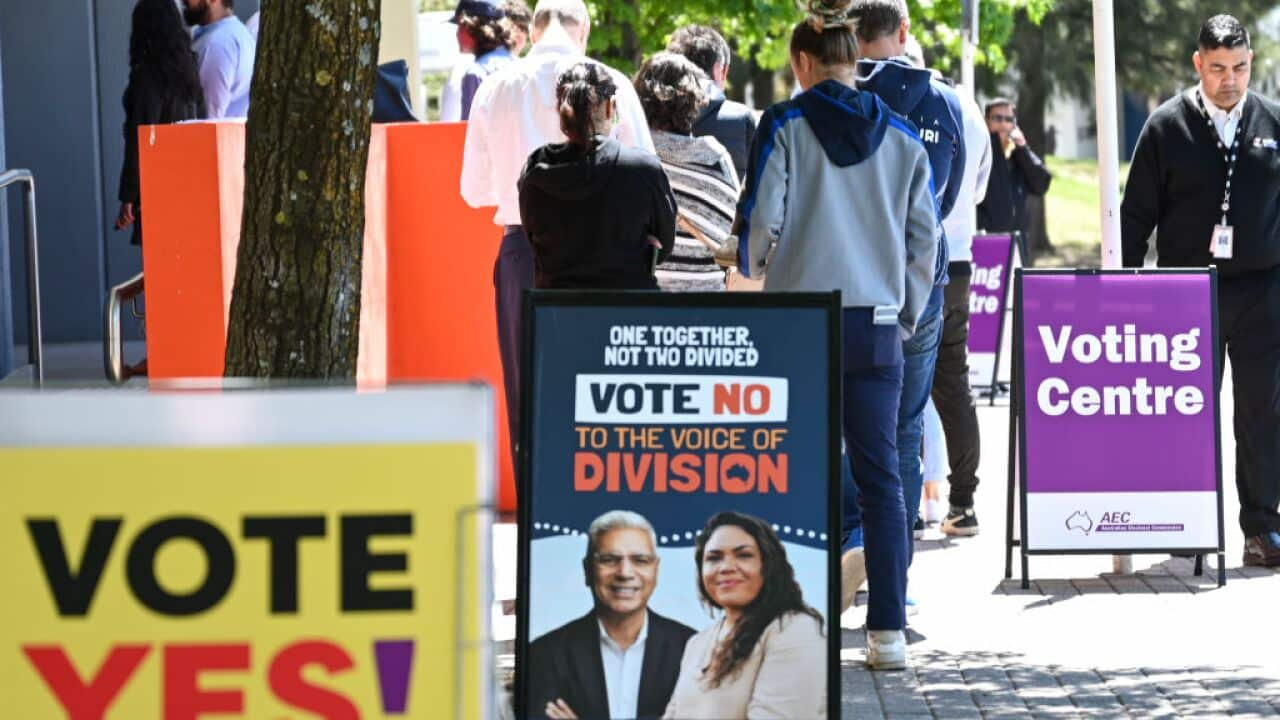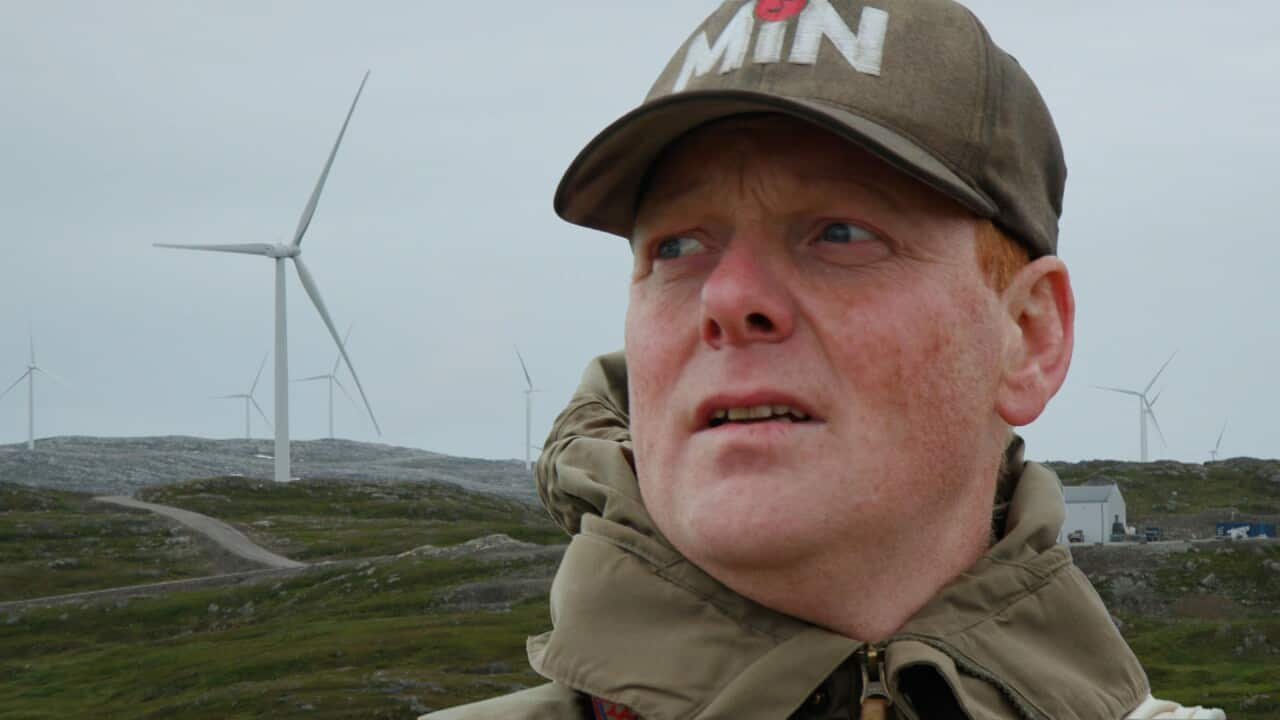Key Points
- In 1989 Norway created a body to make representations to its government on matters impacting its Indigenous people.
- Similar bodies now also exist in Finland and Sweden, to represent the Sámi people.
- Representatives are elected every four years, voted in by Sámi people.
Australia’s proposed Indigenous Voice to Parliament would not be the first of its kind if it becomes a reality after the upcoming referendum.
Norway, Finland and Sweden all have their own elected bodies designed to ensure Indigenous perspectives are presented to their governments for consideration on issues affecting these communities.
With debate in Australia about whether having an Indigenous Voice to Parliament is a good idea or not, it's worth taking a closer look at these international examples that have existed for about three decades.
Sámi parliaments in Norway, Sweden and Finland
The Sámi people are indigenous to an area that covers parts of the three countries and extends into part of Russia.
Harry Hobbs, an associate professor in the Faculty of Law at the University of Technology Sydney, described the Sámi as "one people who are separated by national borders".
In 1989 Norway established a Sámi Parliament. It was not a parliament in a law-making sense, but a body that makes representations to the national government on matters impacting Sámi people.
Sweden followed suit in 1993, and Finland in 1996.
All three national bodies have a similar structure, with representatives elected every four years.
An Indigenous voice in practice
Hobbs said Sámi people elected representatives, like they do their national parliamentary representatives.
“The Swedish Sámi Parliament talks to the Swedish government, the Finnish one talks to the Finnish government and the Norwegian one talks to the Norwegian government,” Hobbs said.
“They don't have any lawmaking function, they don't vote on bills before their country’s parliament, so they’re not a chamber of parliament but a separate body that makes representations to the national government when it's considering issues that particularly affect the Sámi people.”

University of Technology Sydney Associate Professor Faculty of Law Harry Hobbs. Source: Supplied / Anna Kucera
What role have Sámi parliaments played in Nordic countries?
Hobbs said while measuring direct outcomes of the Sámi parliaments was difficult, "Sámi people's views are informing legislation, which certainly wasn't happening before".
“Legislation has been amended to better reflect the interests of the Sámi people, which I think is a win," he said.
Interestingly though, Sámi parliaments are not entrenched in their country’s constitutions. Instead, their existence is legislated.

Sámi people are from the region of Sápmi, which today encompasses northern parts of Norway, Sweden, Finland, and the Kola Peninsula in Russia. Source: Getty / Wolfgang Kaehler/LightRocket
Hobbs said with such bodies there would always be debate over whether they went too far or not far enough.
"But I don't think there have been any broad controversies about what they are doing."
He said in the case of the Sámi parliaments, as with the Voice proposal, national parliament's powers are not reduced. The Sámi parliaments, or in the case of Australia, the Voice, would simply have the ability to make representations and give advice.
Nordic and Australian contexts
He said the Nordic bodies function very similar to how the Voice would, except that Sámi parliaments also have a program delivery function in relation to their cultural heritage.
This means the bodies may have administrative authority in areas such as reindeer husbandry.

The Sami Parliament of Finland is located in the Arctic town of Inari, in Finnish Lapland. Source: Getty / Jonathan Nackstrand/AFP
"It's a slightly different situation because Sámi people in those countries are in the north of the countries, they are less populated countries anyway. The Sámi’s traditional country is located further away from Oslo or Stockholm or Helsinki, so it's a bit more remote anyway."
While there are different dialects within the Sámi population, Hobbs said they describe themselves all as one people.
Although, there are a couple of what could be considered 'factions' within Sámi parliaments.
"Sámi politics, particularly in Sweden, is internally divided between people who practise reindeer herding and those who don't," Hobbs said.
The Indigenous population in Australia consists of more than 200 Aboriginal nations, each of which originally had their own languages and cultures.
Hobbs said the Sámi parliaments had Indigenous perspectives that were considered in issues that related to them.
"Really quite important legislation and also more minor legislation has been changed to reflect the representations of the Sámi parliaments."
Norway’s Sámi Parliament has made significant progress in revitalising and promoting the Sámi language and culture. However, some would say it has had less of an impact on protecting the land rights of the Indigenous population.
Sámi Parliament evolved while Australia abandoned representative body ATSIC
Hobbs pointed out that the first of the Sámi parliaments and Australia's Aboriginal and Torres Strait Islander Commission (ATSIC) were formed within about a year of one another.
ATSIC was formed in 1990 to represent Indigenous peoples, with members chosen by Indigenous peoples but abolished 15 years later.
"These bodies were established around the same time ATSIC was, the difference being that they weren't abolished," he said.
"They’ve been able to grow into themselves and continue to manage the challenges, sometimes working with hostile governments, sometimes working with sympathetic governments."
Hobbs said the Nordic bodies had not only served as important national forums for Sámi interests, but had also built capacity in terms of Sámi leadership on a national and international level.
“ATSIC was cut down in 2004/2005 but the Sámi Parliament’s been allowed to grow and adapt and evolve like all political institutions," he said.
"So the Voice is kind of trying to get us back to a starting point as we've had that 20-year gap.”
Watch The Sámi Voice Tuesday 19 September, 9.30pm on SBS or stream via












